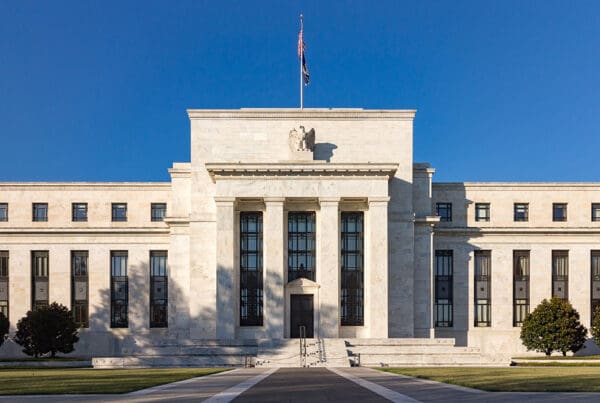On Thursday, the Commerce Department reported that inflation grew roughly in line with estimates in October, suggesting that price increases might stabilize, at least for the time being. The core personal consumption expenditures price index, which excludes food and energy and is favored by the Federal Reserve, rose 0.2% for the month and was up 5% from a year ago. The monthly increase was less than the 0.3% estimate by Dow Jones, while the annual growth was in line with estimates. The gains reflect a slowdown from September, which saw a 0.5% monthly increase and a 5.2% annual increase. Including food and energy, headline PCE was up 0.3% on the month and 6% every year. The monthly increase was the same as in September, while the annual gain was a step down from the 6.3% pace.
Furthermore, the department reported that personal income increased by 0.7% for the month, clearly exceeding the 0.4% estimate, and spending increased by 0.8%, as expected. In another key report, a widely followed gauge of manufacturing activity posted its lowest reading for November in two and a half years. The ISM Manufacturing Index registered a reading of 49%, representing the level of companies reporting growth. The reading was 1.2 percentage points below October and the lowest since May 2020, when the Covid pandemic first began. Declines in order backlogs and imports were the biggest drags on the index. The closely watched prices index was off 3.6 points to 43%, indicating inflation is abating, while the employment index also receded, down 1.6 points to 48.4% in contraction territory. Markets were mostly lower following the morning’s data, with the Dow Jones Industrial Average down more than 250 points in early trading while the S&P 500 and Nasdaq Composite posted smaller losses.











